Big Data And IoT: Everything You Need To Know
Today, we are living in a world surrounded by sensors and devices that talk to each other. Internet, being the lifeblood of this communication, plays a key role in connecting one device to another. This interconnectivity is so much important that industries would be doomed without inter-device connection and smart cities would go dumb in a matter of seconds. To understand more about the gravity of this inseparable kinship, let us put both terms under the microscope to cognise their dependency on one another.
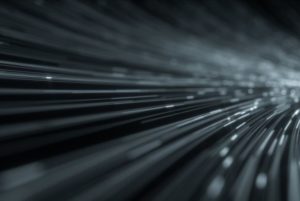
Big Data
The term Big Data refers to large volume of both structured and unstructured data, which is so massive that it is very difficult to process by means of conventional database and software tools. This data is usually gathered by multiple sources, including emails, mobile devices, applications, databases, servers, etc., which is used by organisations to study the patterns and trends and gain useful insights that can be used to make positive impact on various aspects of life, which include improving people’s health and lifestyle, transportation system, energy conservation, and more.
Internet of Things
Any physical object or device that has an assigned IP address and ability to collect information and then transmitting it over an internet network without any human involvement is Internet of Things (IoT). These devices represent themselves digitally and controlled from any endpoint, enabling collection of data from more than one place. For instance, sensors embedded in city streets can keep a check on proper functioning of streetlights and traffic signals. If properly equipped, these same detectors can also help municipal departments by providing them with data on air quality and the presence of people on road.
Combining Big Data and IoT
The fusion of Big Data and IoT gives birth to a disruptive technology that requires new infrastructures consisting of software and hardware applications, along with an operating system. Organisations should be ready to control the dataflow that starts flooding in and analyse it in real-time as it increases minute by minute. This is where big data plays its role.
Big Data analytics tools have the ability to handle large volumes of data generated from IoT devices. The data produced by the devices is then scrutinised by analytics tools to extract the information to create insights required of it. As IoT keeps bringing in data on a varied scale, the analytics solution must adjust its data assimilation process rapidly in a precise and speedy manner.
Many companies offer technologies that deliver real-time analytics on large-sized datasets and are capable of compressing a full-rack database into a small server processing up to 100TB, which means the requirement of hardware is next to nothing. Such analytics database use GPU technology that downsizes the hardware even more. This helps IoT firms associate the increasing number of datasets, which assists them in getting real-time responses and help adapt to the ever-changing trends.
Upcoming challenges
With more and more objects and devices getting connected to the internet, the amount of data generation is compounding into something that is complex and unfathomable. Moreover, a Gartner forecast suggests that there will be 20.8 billion connected “things” in use around the world by 2020 [1]. As IoT expands, major issues like cybercrime and other cybersecurity issues will also grow simultaneously.
However, several internet security platforms with a cloud-based solution are available in the market to tackle these problems. Companies can opt for any of those platforms, route the traffic through it, and establish policies for the devices so that they are unable to communicate with unknown servers.
The future
Big Data analytics and IoT is already in use many industries. For instance, shipping companies are using both technologies to improve efficiency, save costs and lower their environmental impact. They use sensors on their vessels to keep a track of engine health, mileage, miles per gallon utilisation, speed, and number of stops.
Interestingly, Big Data and IoT are also being used in agriculture wherein data on moisture levels in the field is transmitted via a wireless connection. This data helps farmers to know when their crops are reaching the optimum moisture levels.
Big Data analytics and IoT is also playing an important role in HR management by improving the process of selecting talent and matching job with necessary personality skills and characteristics.
Takeaway: The process of converting data into actionable insight is the most important part of succeeding at Big Data and IoT. Organisations should think about the quality of data they are drawing and design their systems accordingly to optimise the process.
Source: www.iottechexpo.com
Photo/video source: www.iottechexpo.com
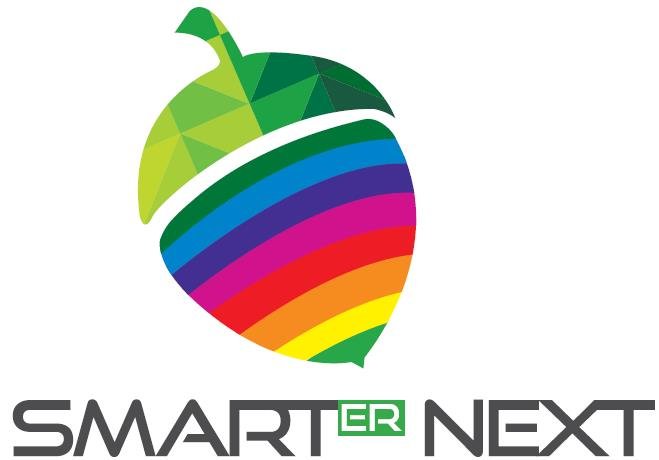
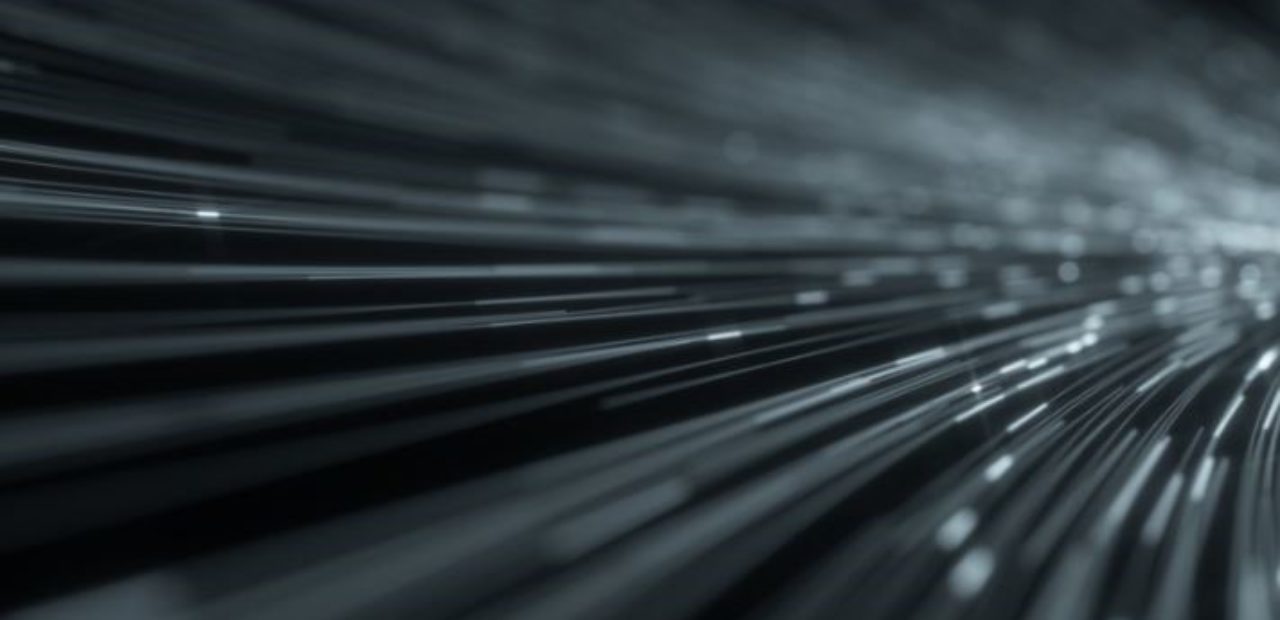
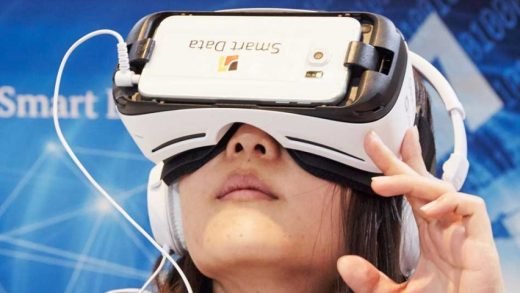
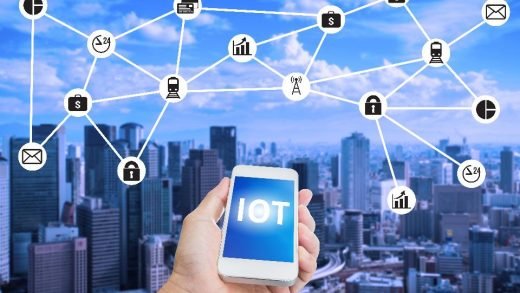
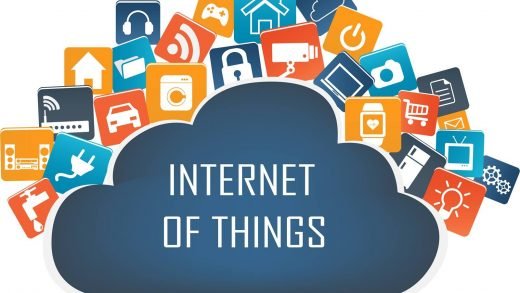
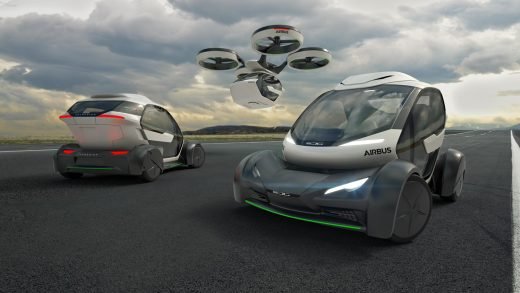

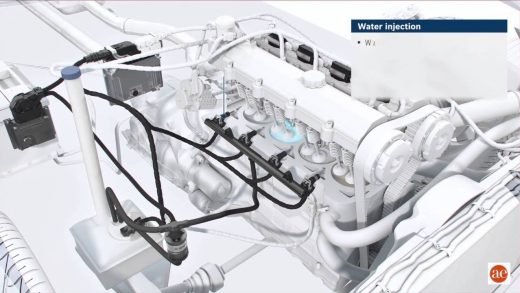
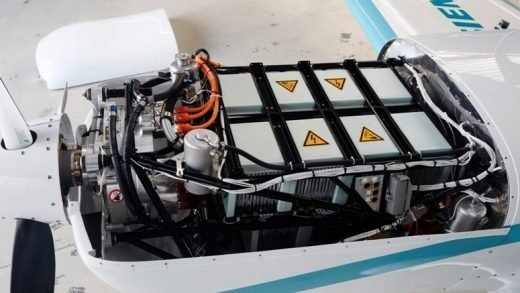
Recent Comments